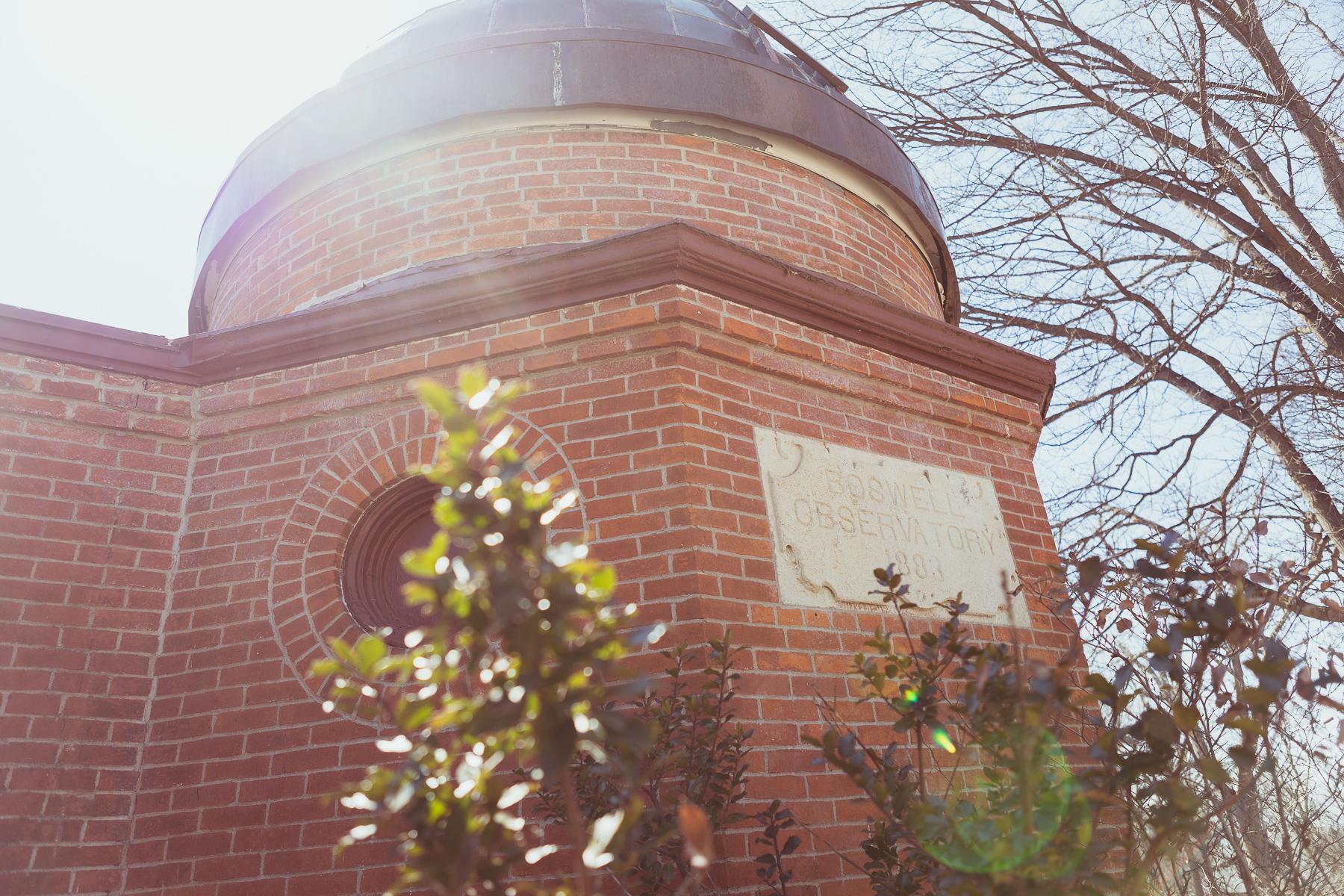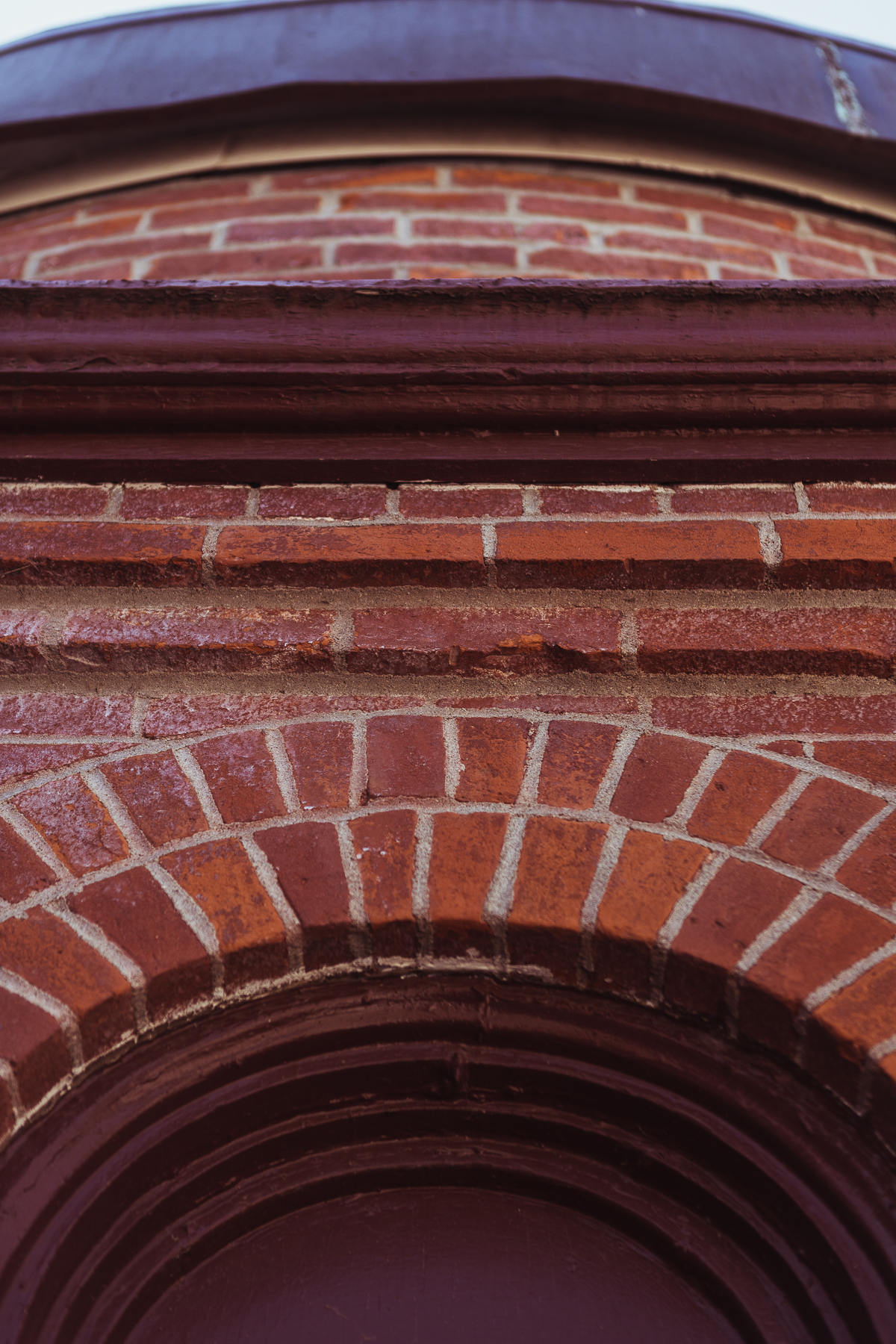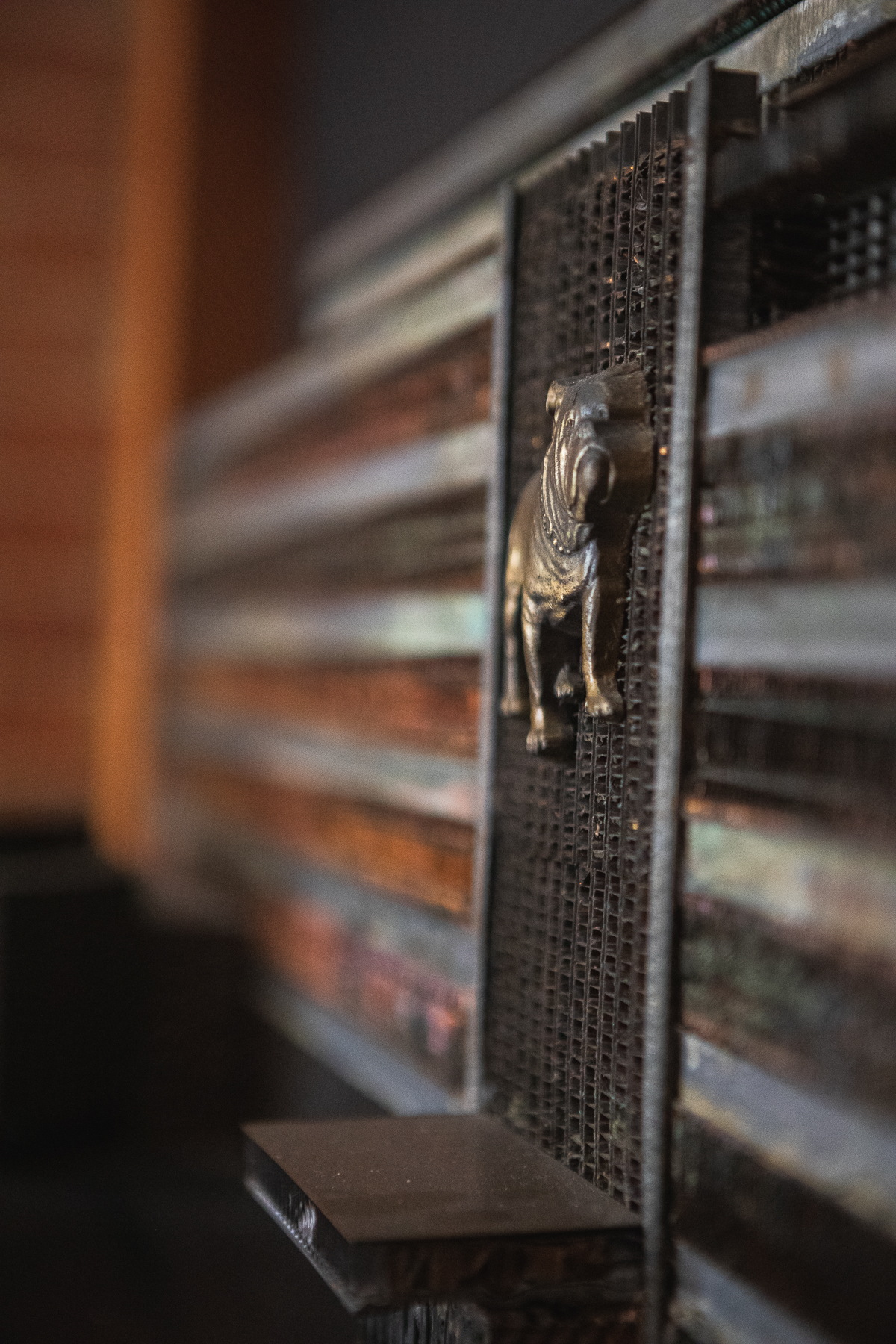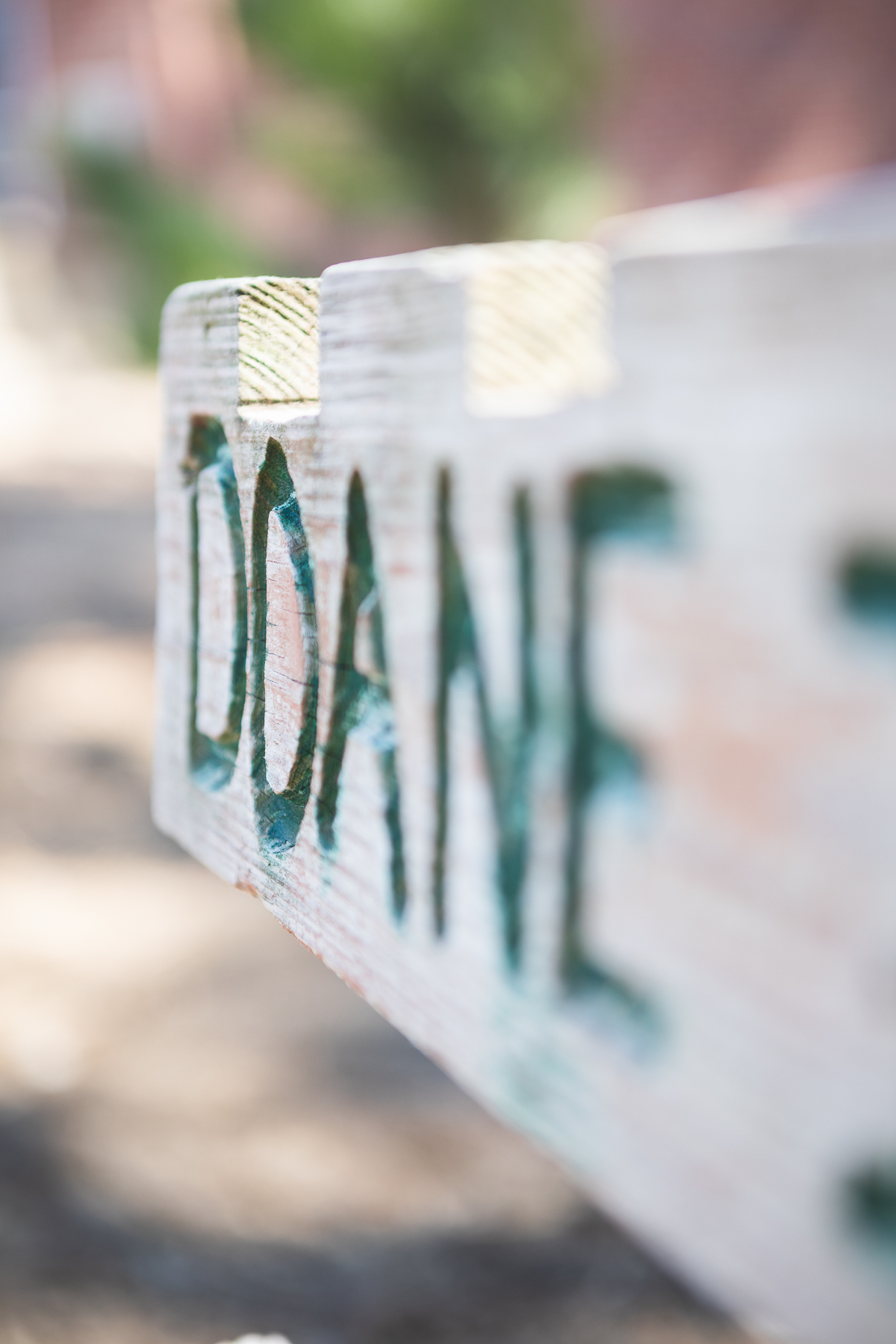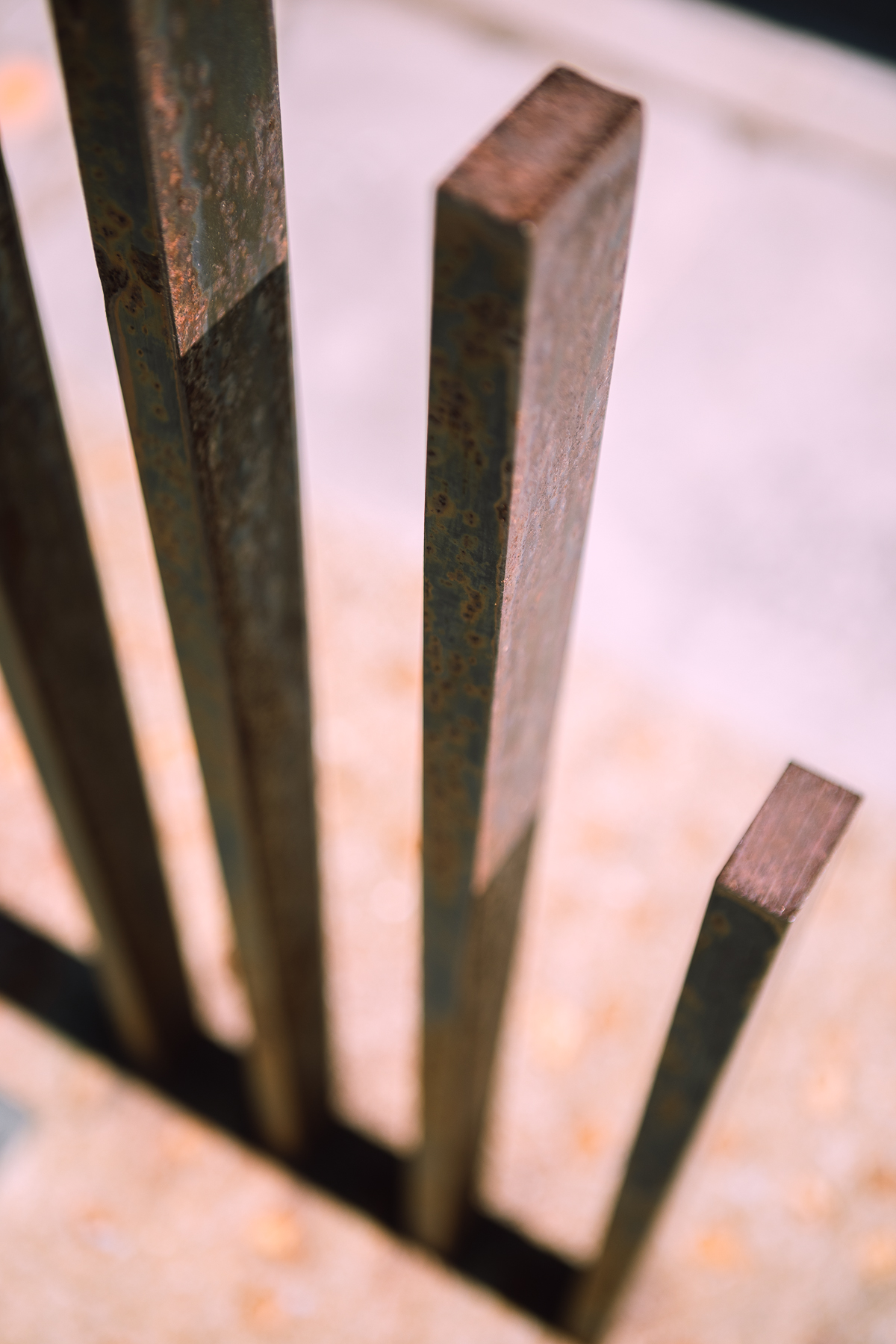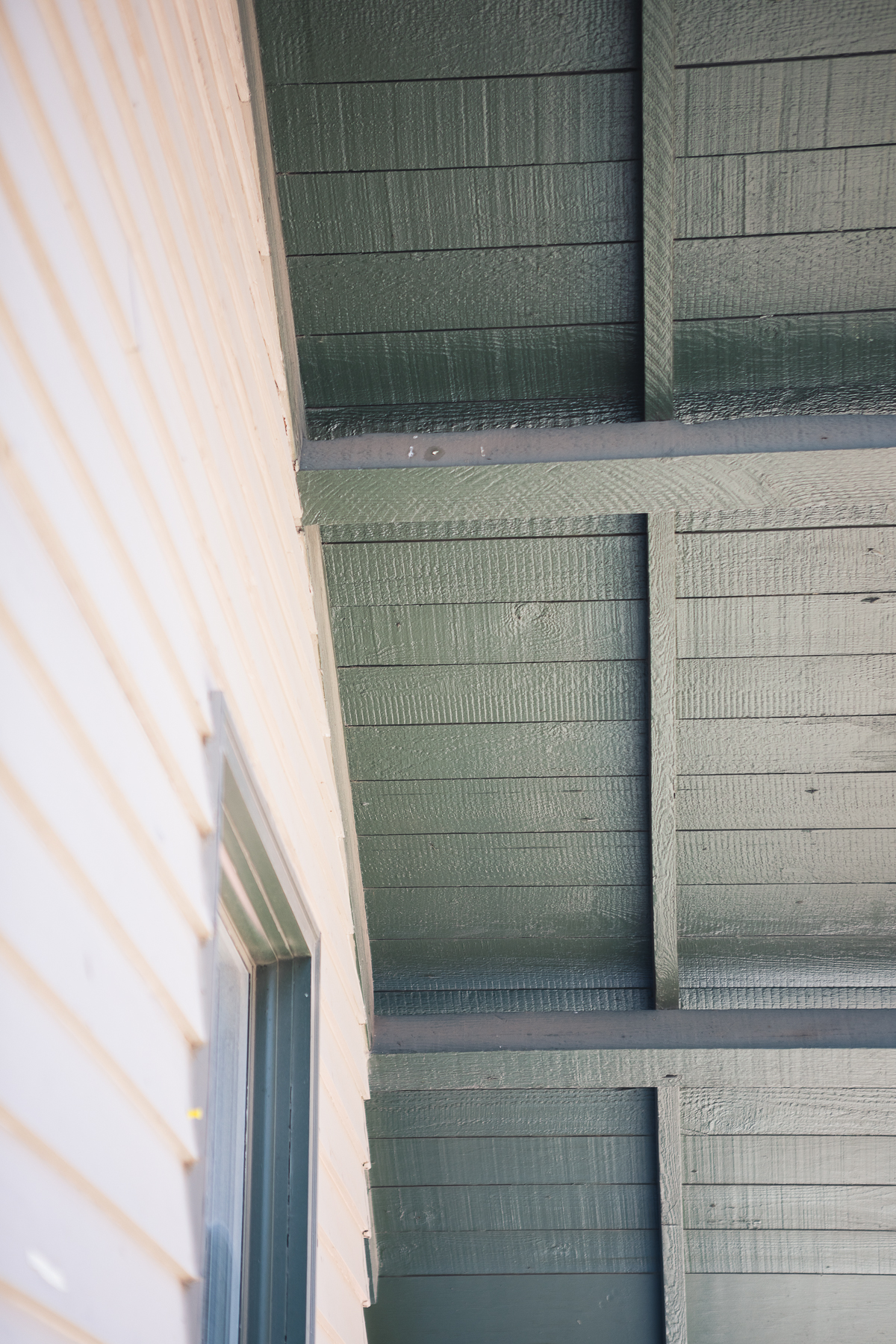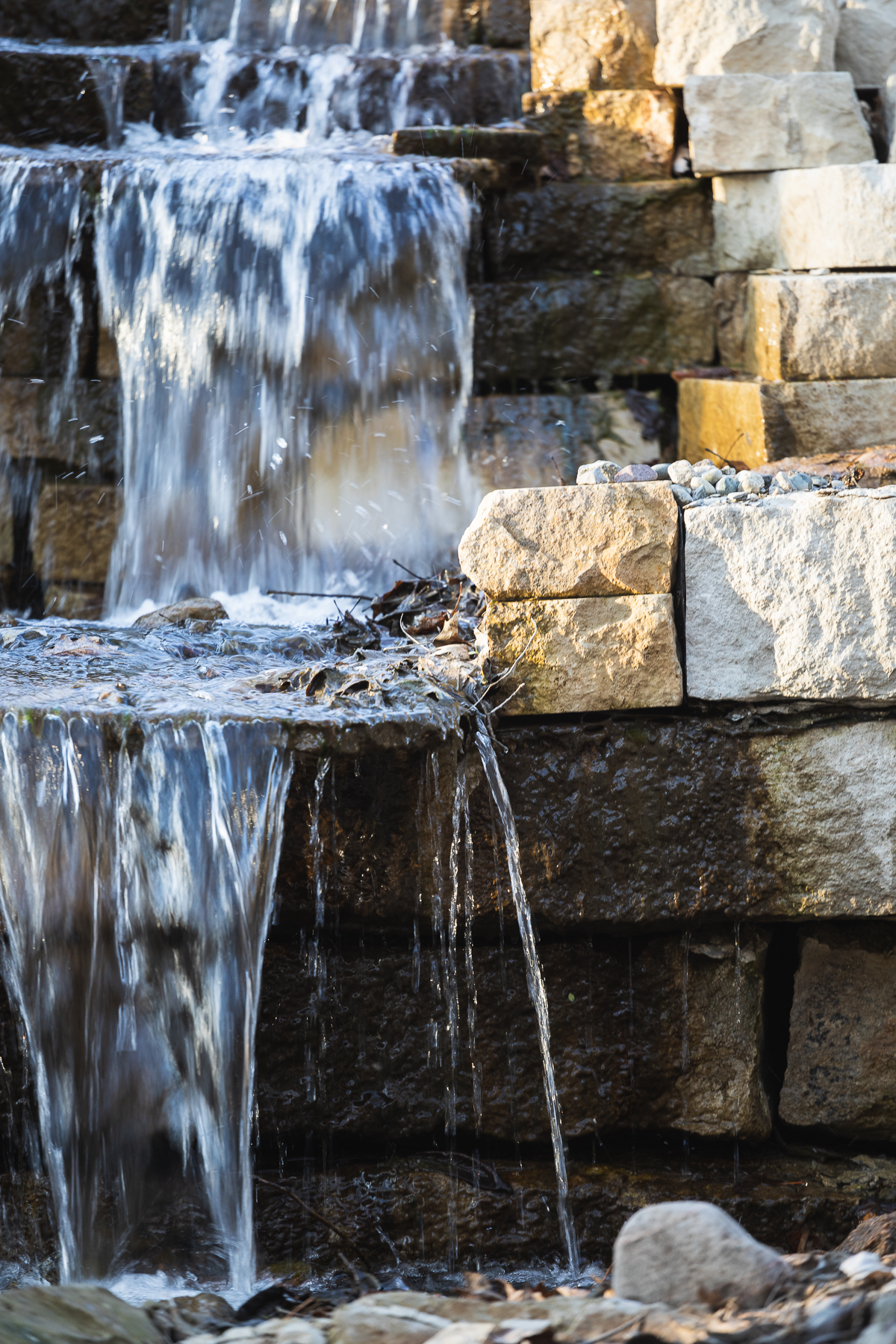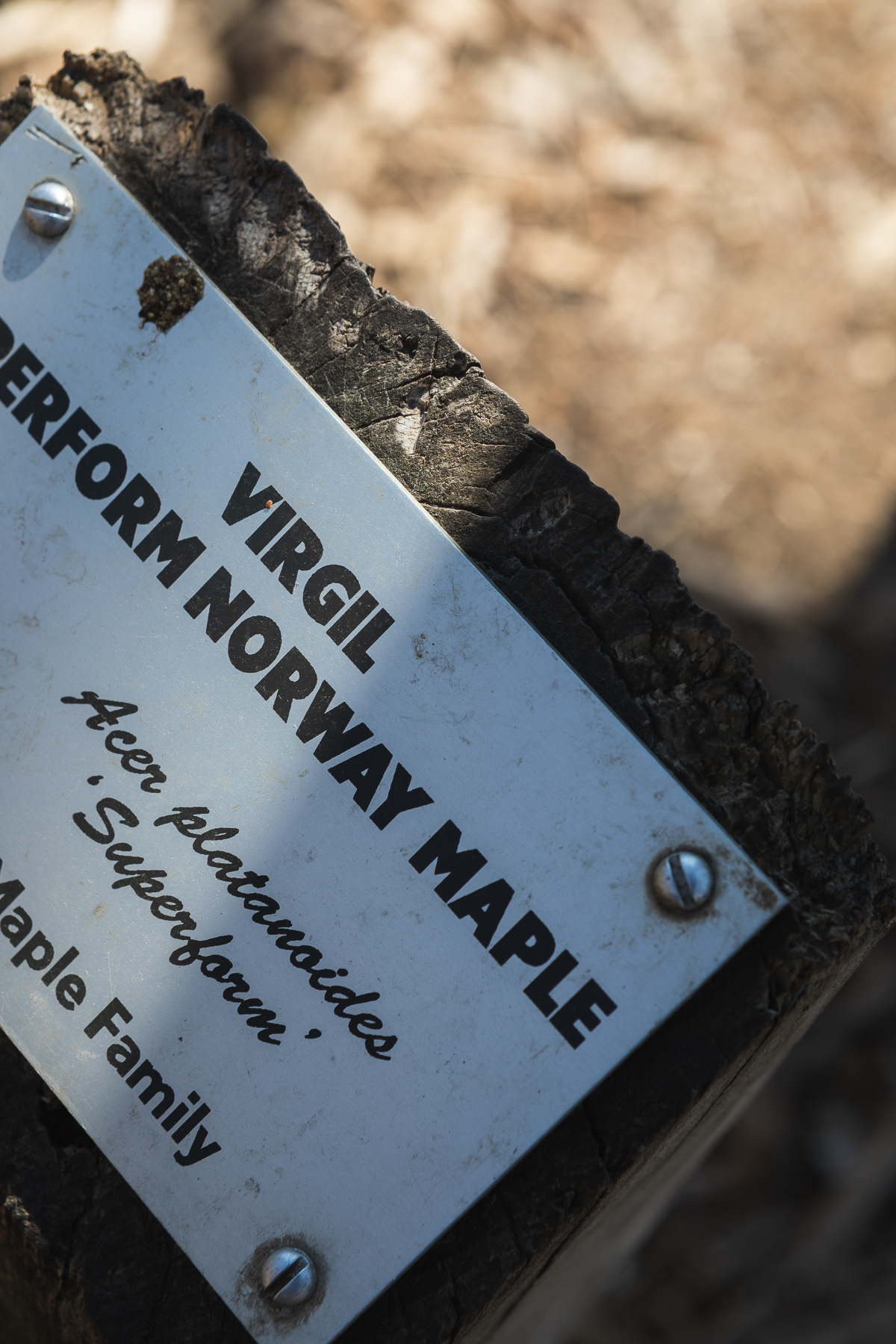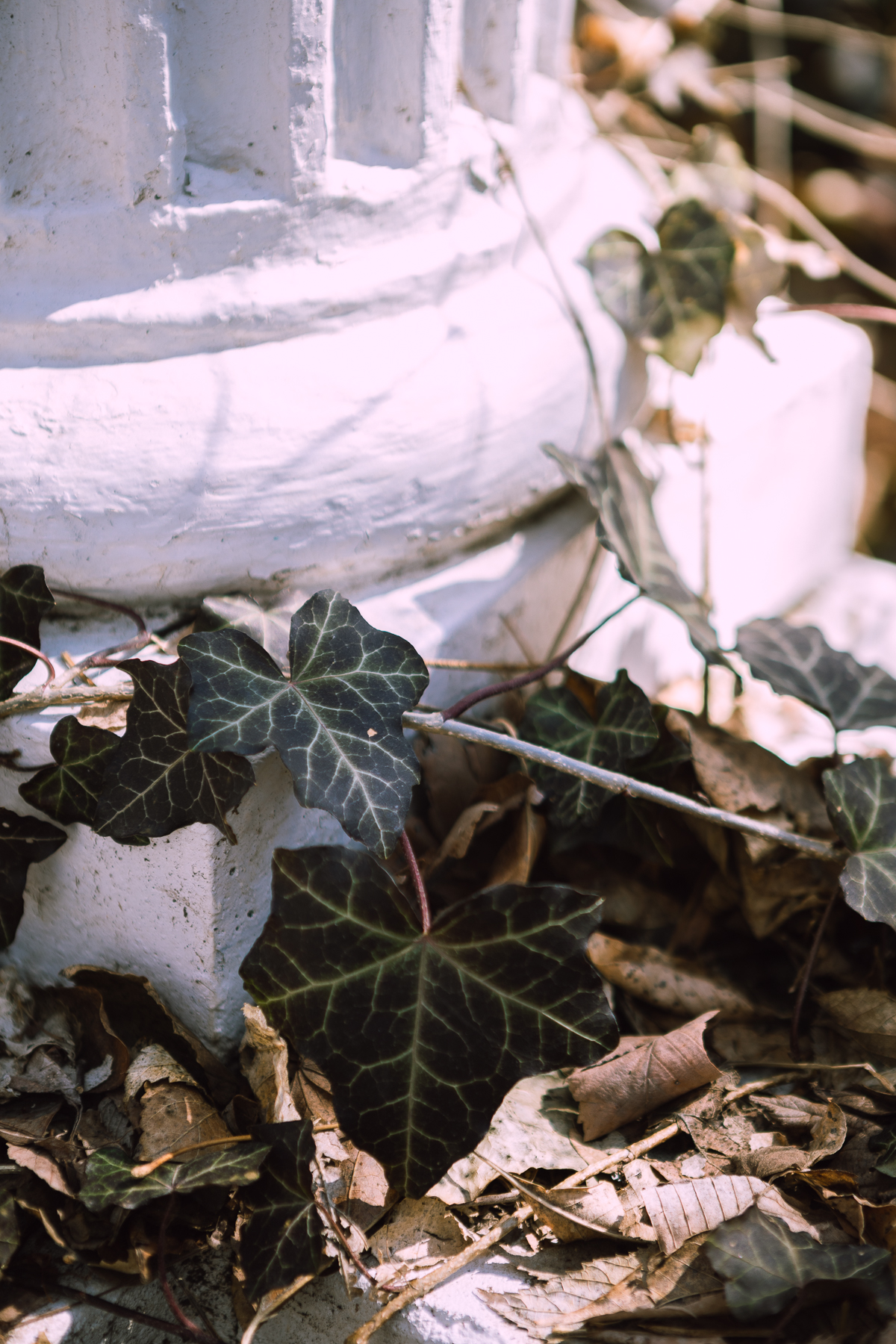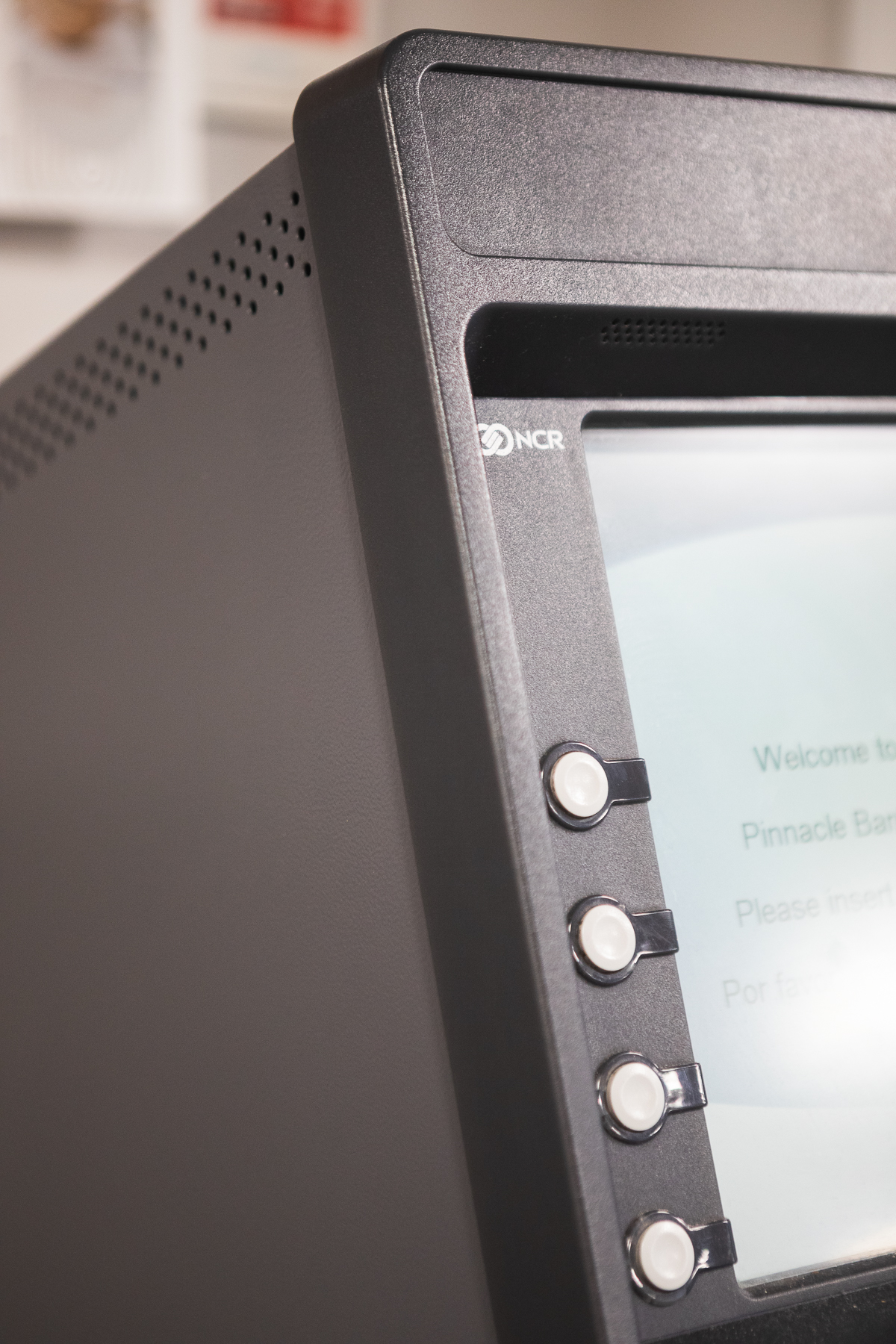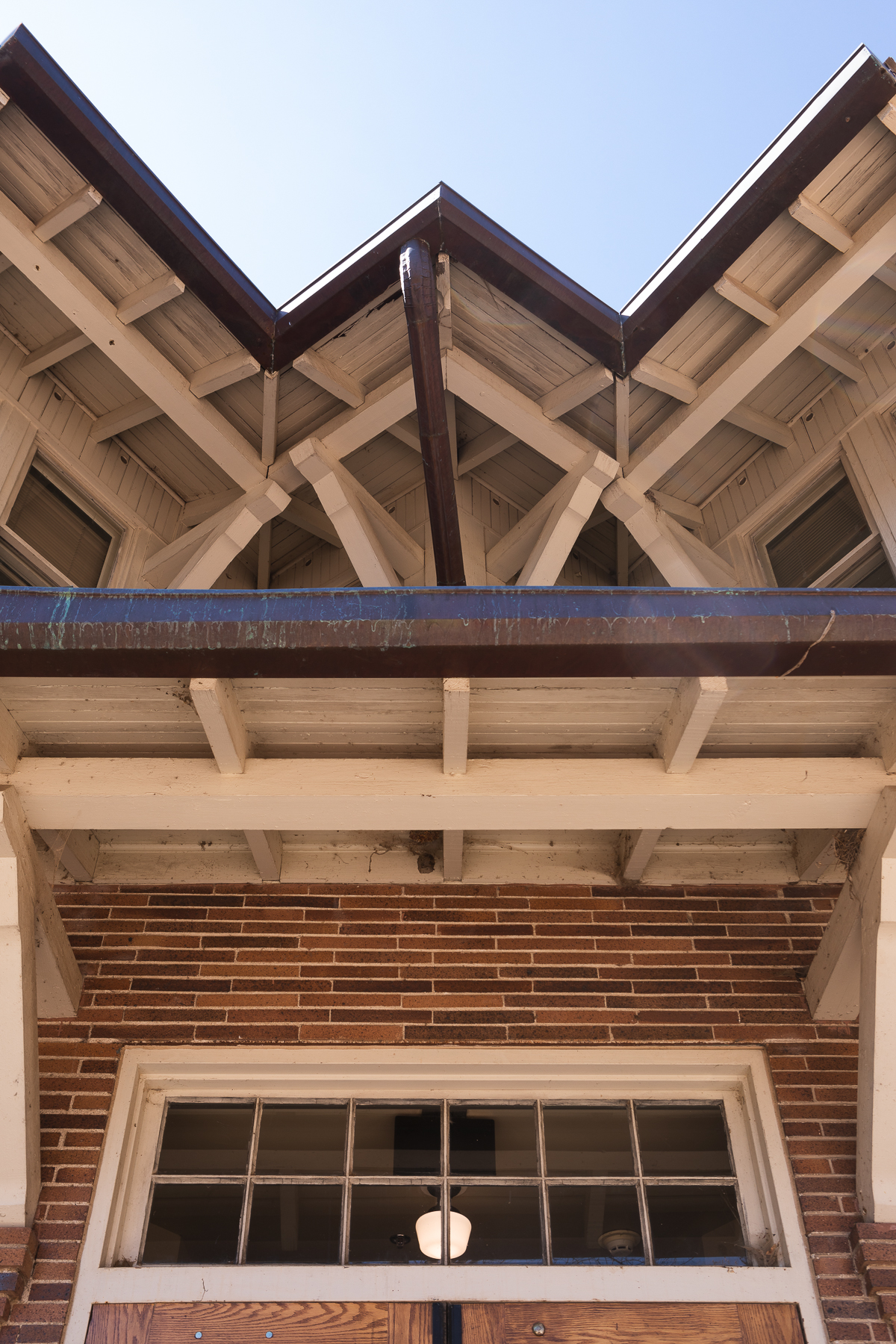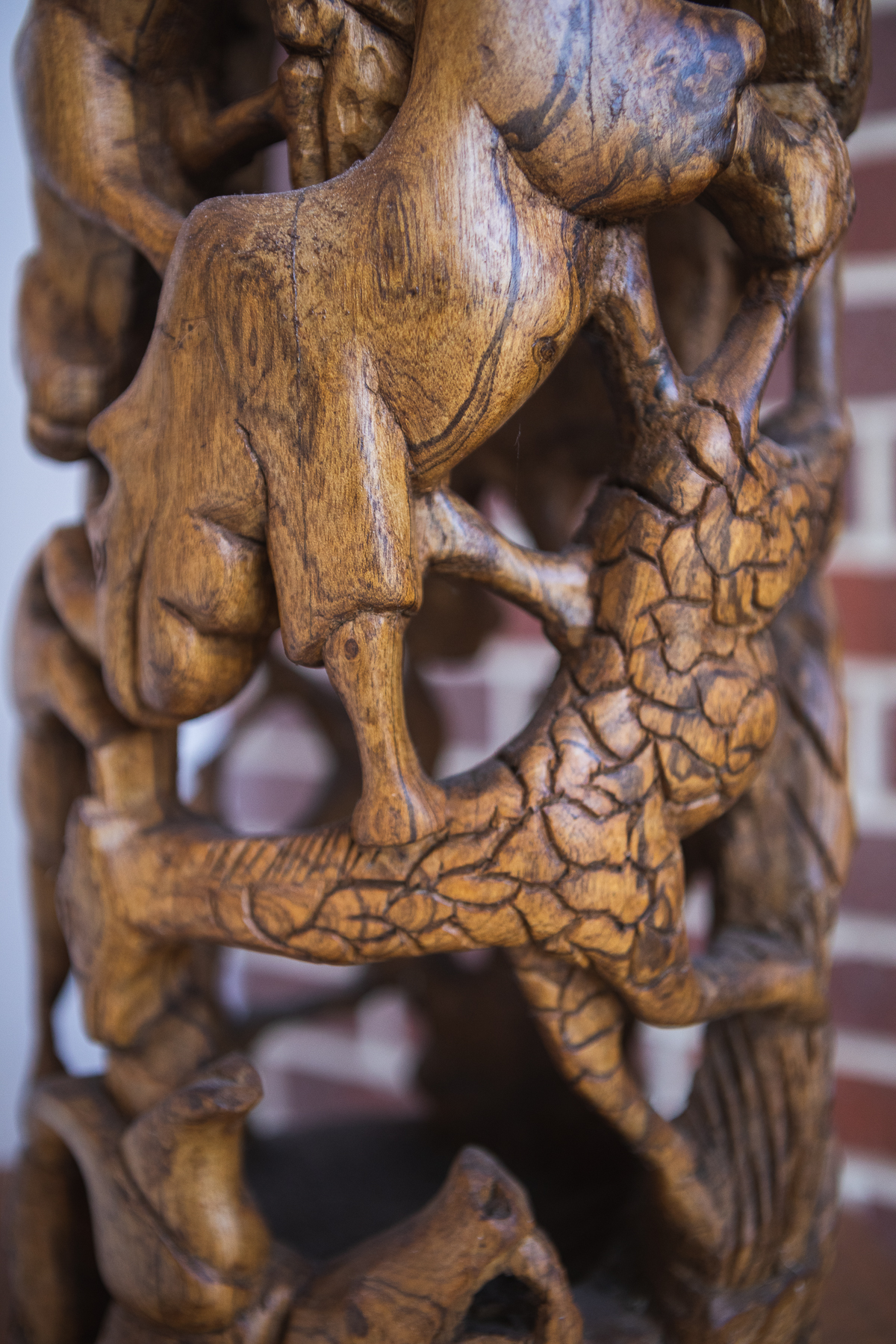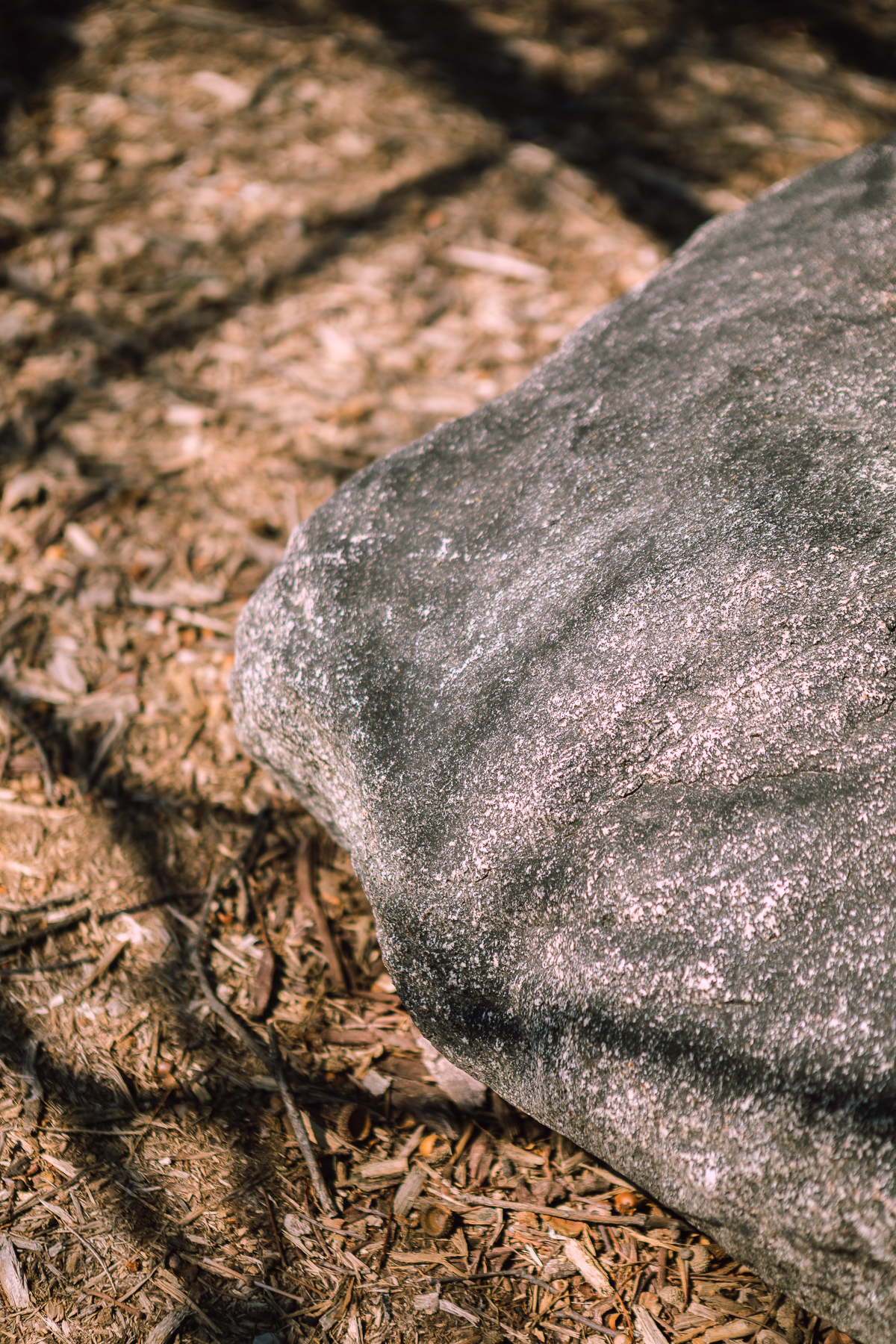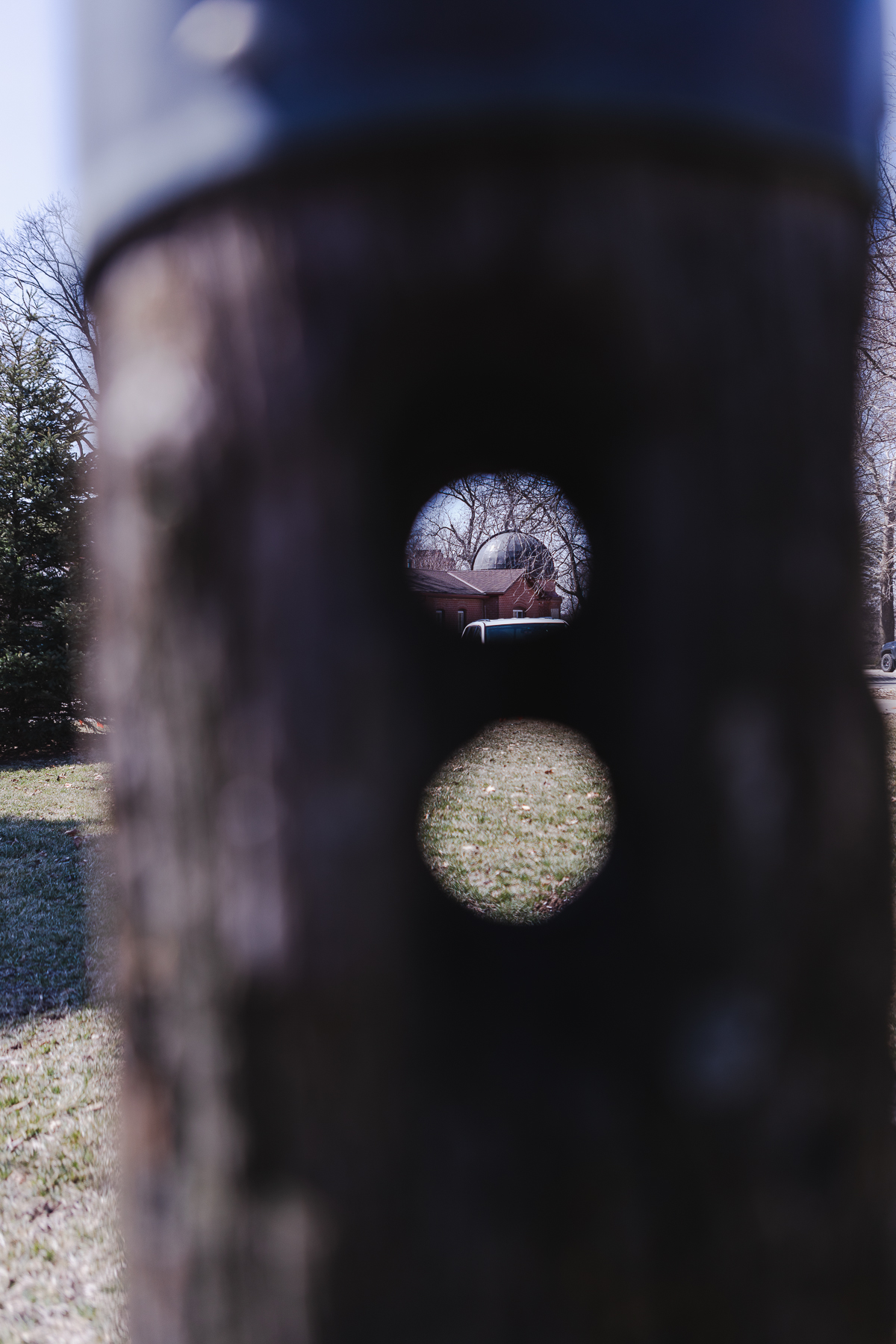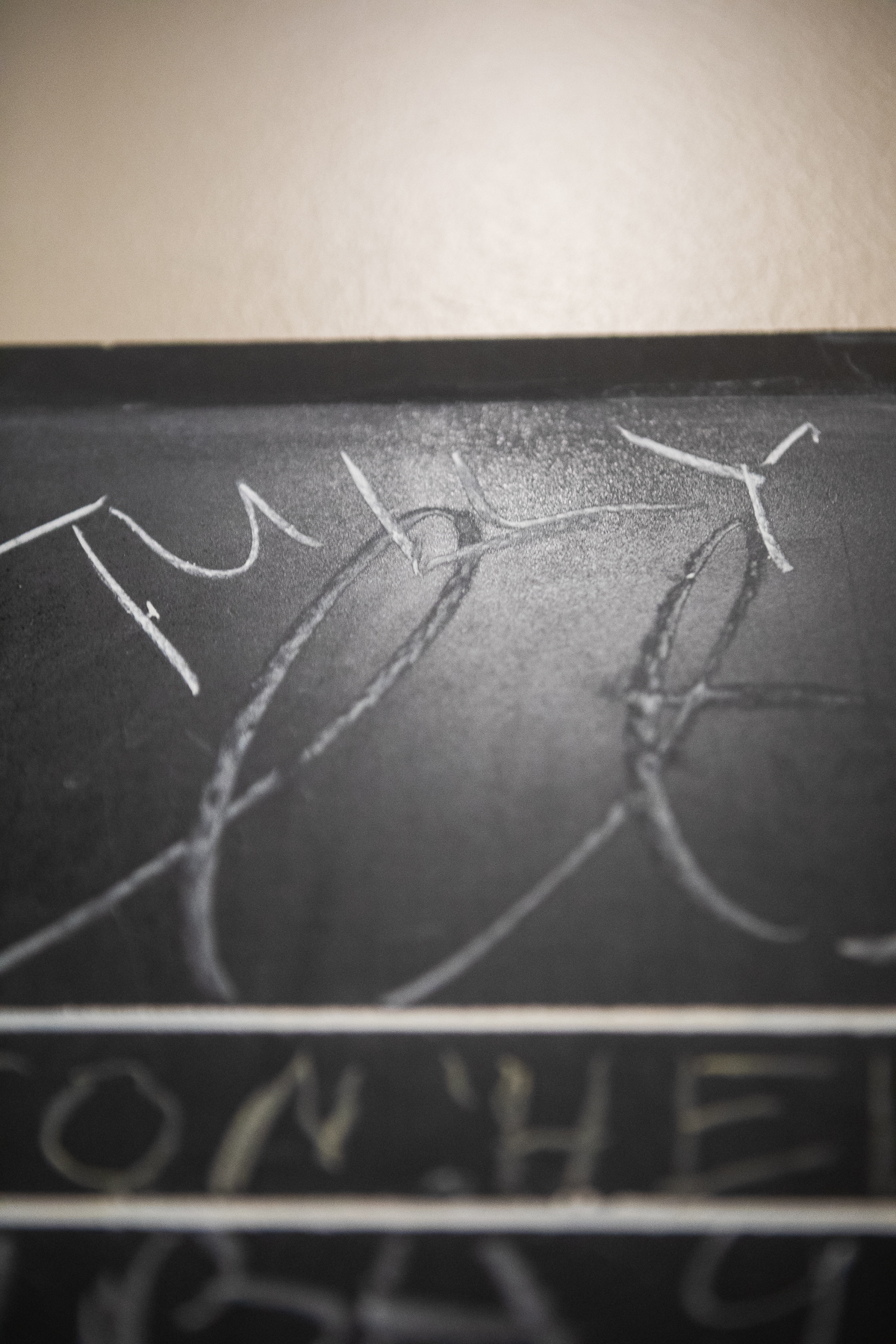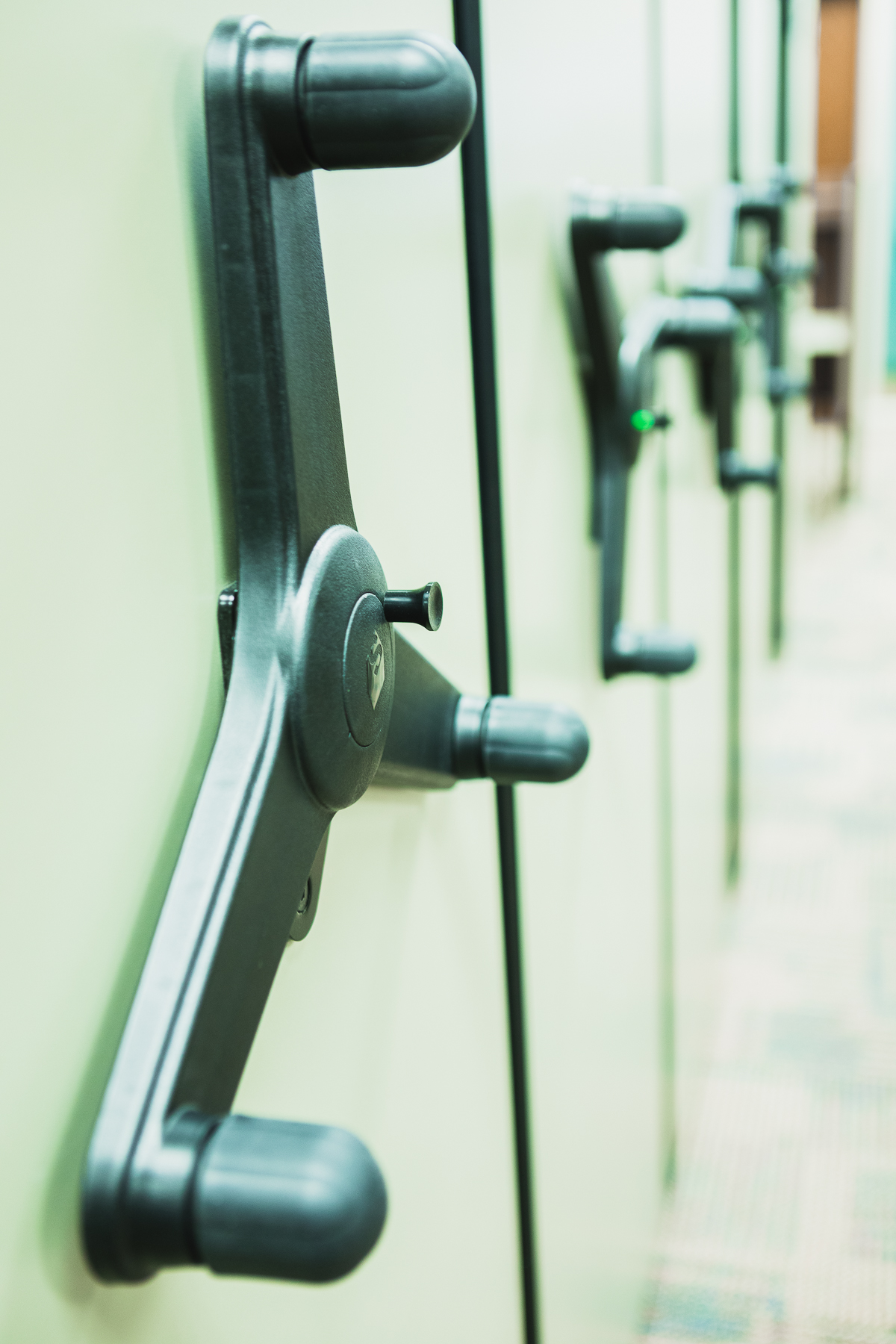During this last week of April, you might have noticed a change from our normal fare on Doane’s Instagram Stories. A photo of a windowsill, or the underside of a roof. A close-up of an ATM or some leaves on a column.
Maybe you recognized some of those photos. Actually, we really hope you did. After all, those photos were all part of a scavenger hunt around our Crete campus.
We chose 16 locations that are historically significant for the university and alumni. The teaser photos are all loaded into the carousel at the top of this page — how many can you guess off the bat?
Read on to see full images of each location and a little bit about why they’re significant.
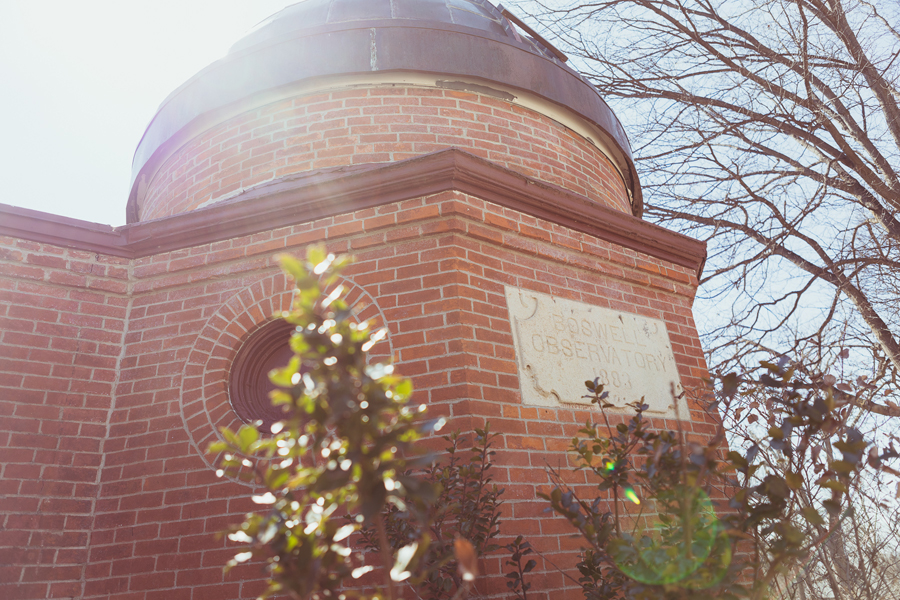
Boswell Observatory
Built in 1883, Boswell is Doane’s oldest standing building on the Crete campus. It was named for Charles Boswell, whose stepson taught at Doane. Boswell was a close friend of Doane's first president, David Brainerd Perry and donated $5,000 for the building and astronomy equipment, which included an eight-inch Alvan Clark telescope. The observatory is believed to be the first weather service headquarters in Nebraska and is one of three Doane buildings listed in the National Register of Historic Places.
The telescope is also still operable, and Boswell Observatory holds many artifacts from Doane’s early natural sciences programs. In fact, tours remain available for campus visitors. Just make sure to send advance notice as the observatory is not regularly open.
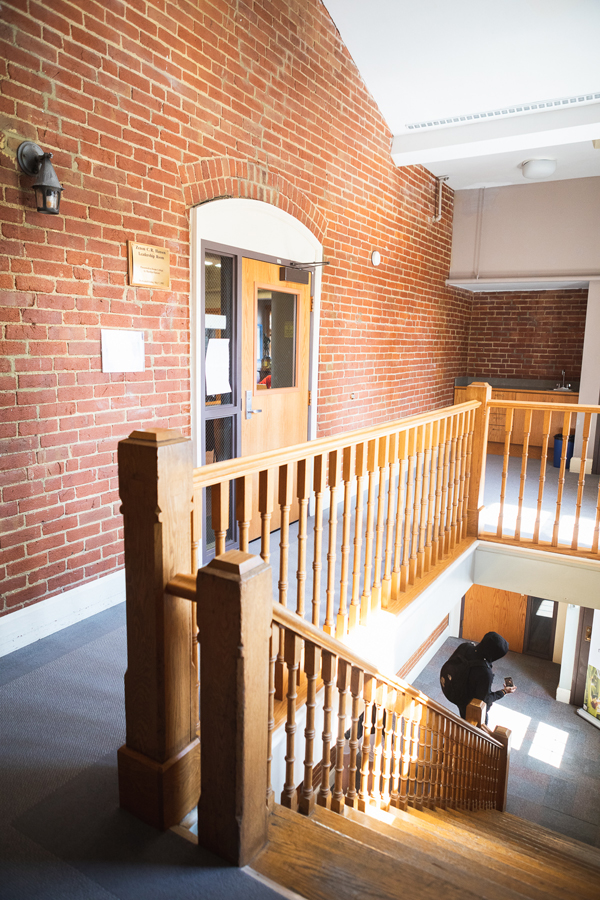
The Fifth Floor of Gaylord Hall
Gaylord Hall, built in 1884, is in itself a fascinating building and one of three Doane buildings listed in the National Register of Historic Places. But the fifth floor in particular is interesting — it is home to the Hansen Room and full of history from the life of Zenon C.R. Hansen, former CEO of Mack Trucks and namesake of the Hansen Leadership Program.
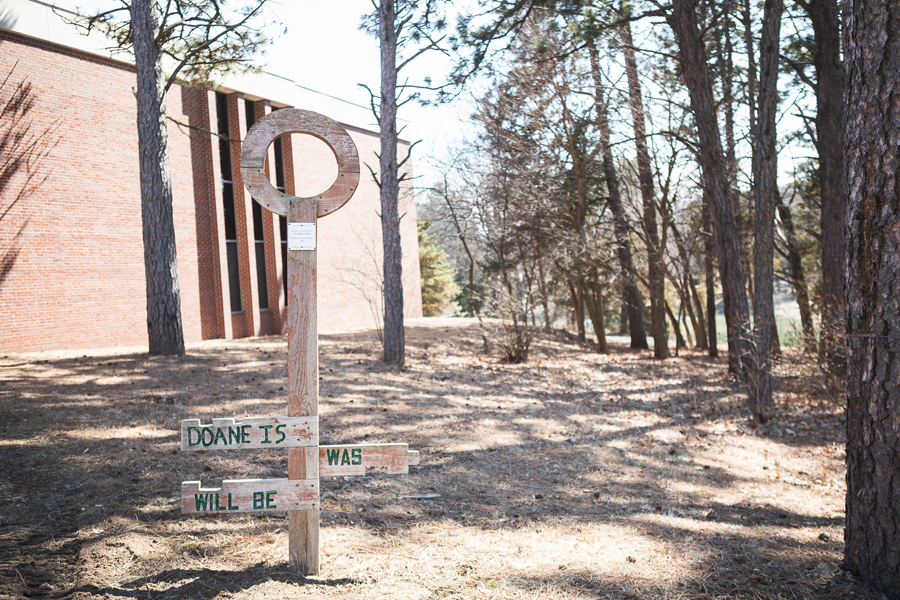
Doane Key
One of many sculptures scattered across campus from sororities, fraternities and academic societies, this key dedicated by Tau Sigma Zeta in 1975 reads “Doane is, was, will be.” It stands to the south of the entrance to Perkins Library.
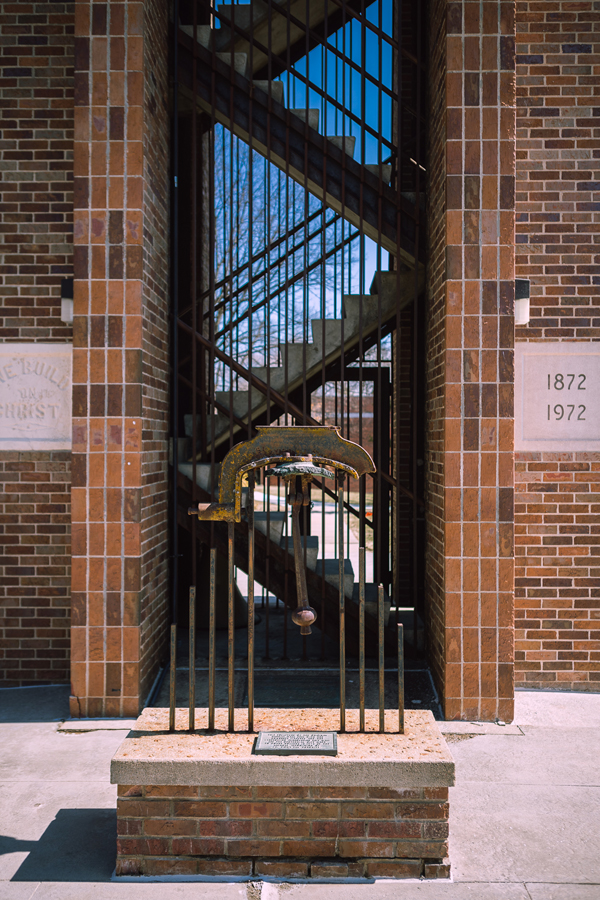
The Remains of Merrill Hall’s Bell
Merrill Tower was constructed in 1971 to memorialize Doane’s first campus building, Merrill Hall. The hall was destroyed by fire in 1969, but parts of the bell and the building’s cornerstone remained.
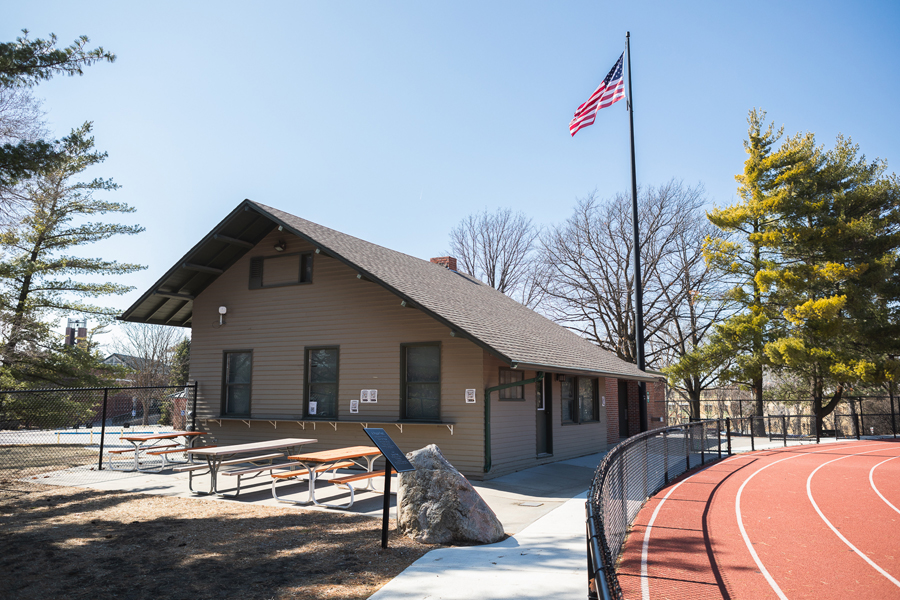
The Away Ticket Booth and Concession Stand
Situated at the south end of Memorial Stadium, what is now the ticket booth was known for many years as Fiske Lodge. It was built in 1910 as an infirmary in case students needed to be quarantined due to outbreaks of disease and served as Crete’s first hospital, until a hospital was constructed in 1950.
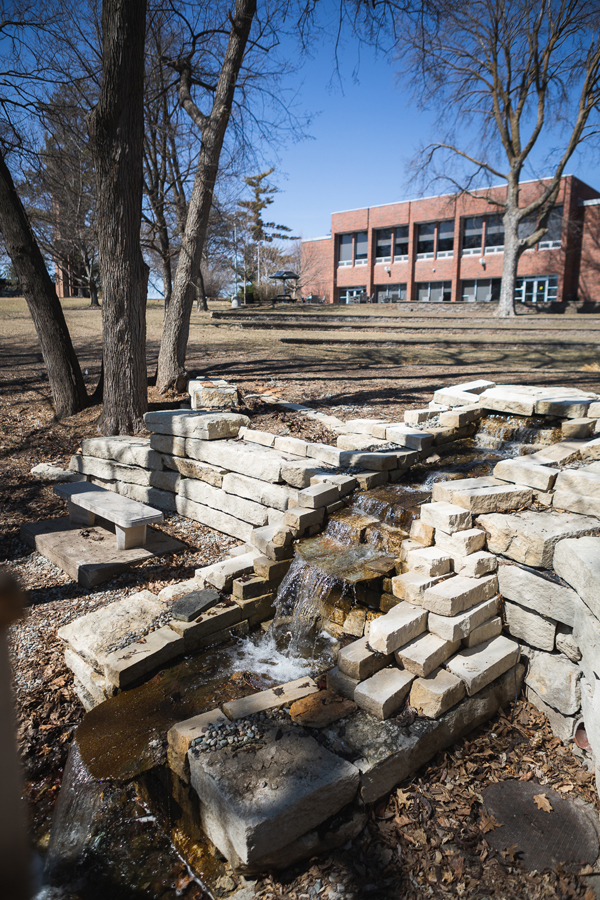
Sally Smith Fountain
This fountain, located just to the south of Cassel Theatre, was constructed in memory of Sally J. Smith '82, who was killed in a 1981 traffic accident. The waterfall flows into nearby Doane Lake. It was remodeled in 2022. Smith was a member of Omega Psi Theta sorority, which continues to bring awareness to drunk driving prevention in her memory.
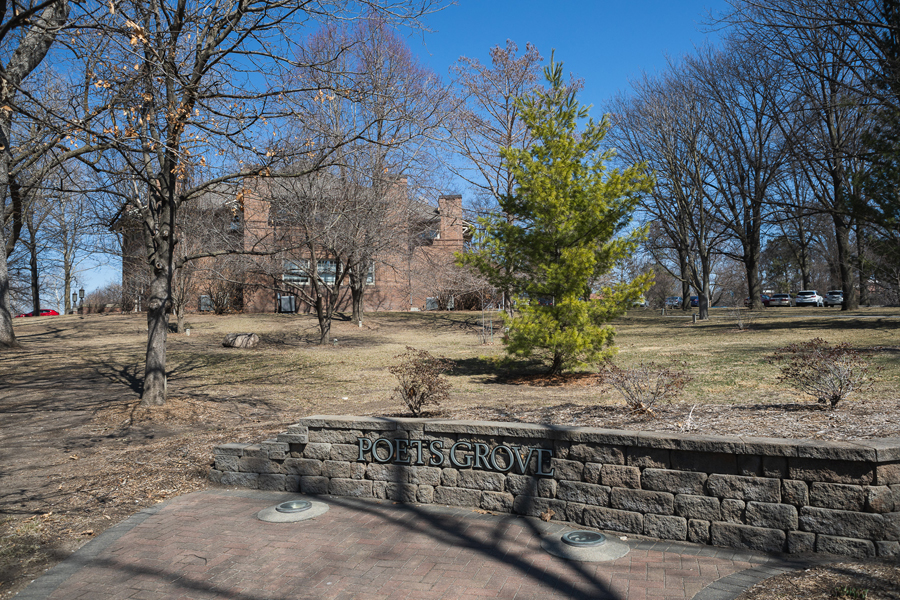
Poet’s Grove
On Arbor Day 1884, Board of Trustees member Samuel Andrews tossed pebbles across the lawn south of the Whitcomb Lee Conservatory. Students then planted trees at the landing site of each stone to honor poets and poetry — the named trees include Shakespeare, Yeats, Virgil, Dante, Wordsworth, Milton, Pope, Homer and Hopkins, though a plaque on the site says there were initially a dozen. More trees were added at a rededication ceremony on Earth Day 2014. The range of poetry studied at Doane has expanded quite a bit since 1884. Who would you add to Poet’s Grove?
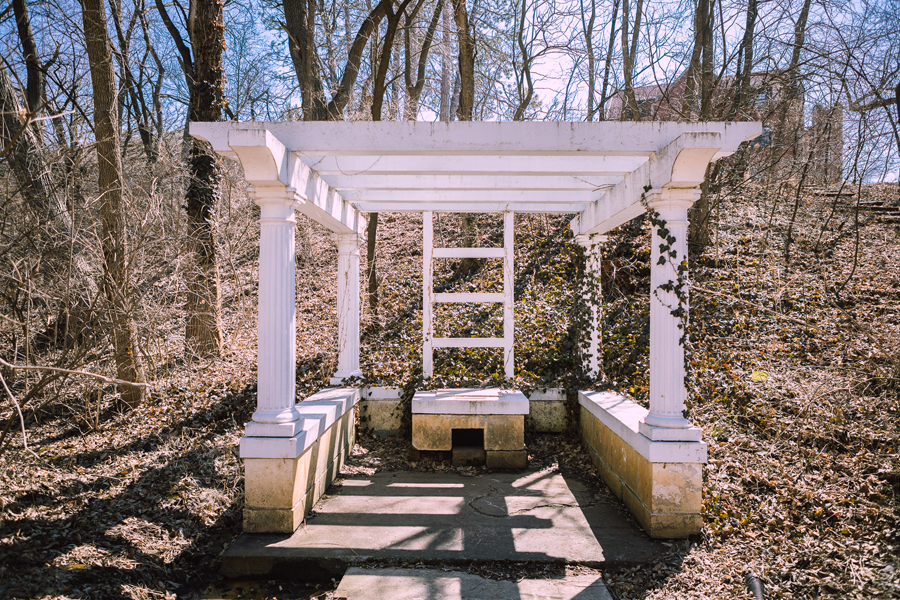
Dean Memorial Pergola
The pergola was built in 1930 with funds from 1880 alumna Carrie Dean in honor of her parents. It’s situated on what was originally a natural spring, although the spring no longer flows. The pergola pulls from Greek influences, with fluted columns. An inscription above the capped spring reads “I will give unto him that is athirst of the fountain of the water of life freely,” a segment of Revelation 21:6.
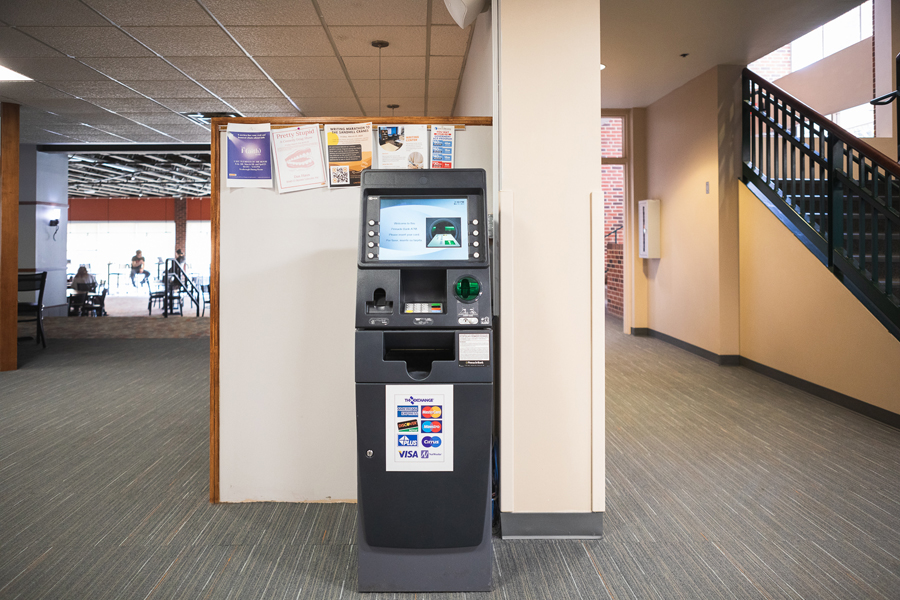
The Perry Campus Center ATM
Perry Campus Center was built in 1963 and named for David Brainerd Perry, Doane’s first president. If you wander through the first floor of the building, you’ll come across an ATM, a pretty common sight on any university campus. It’s significant because George Haddix ’62 was one of several Doane graduates who helped create the software used in ATMs. He and Sally Haddix are also the namesakes of Doane’s athletics and recreation center.
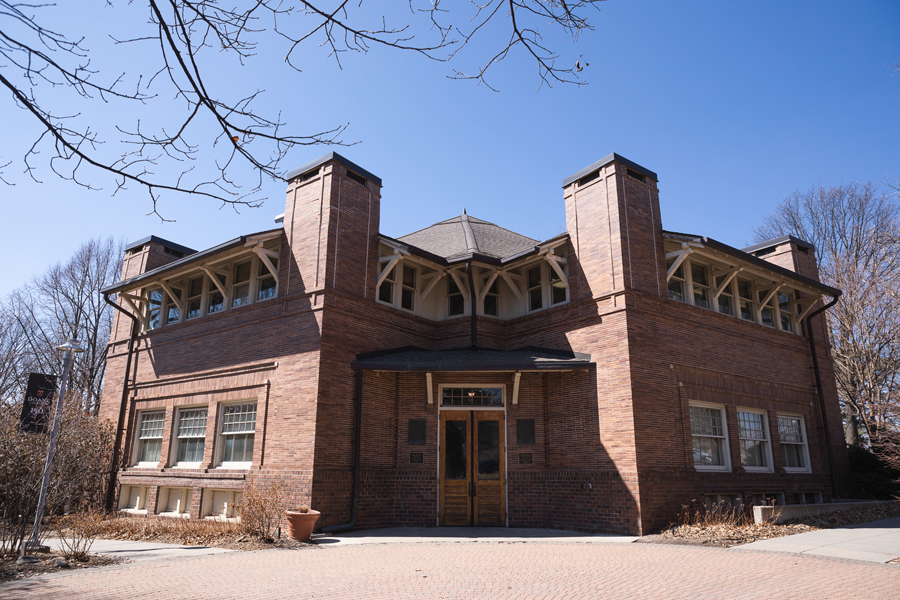
The Whitcomb Lee Conservatory
If you thought we weren’t going to mention the third and final Doane building on the National Register of Historic Places, you thought wrong. Whitcomb Lee Conservatory — colloquially known as the Con — was built in 1906 and is one of a very small number of pentagonal buildings. You probably know of another, notably named after the shape.
The Con is also significant because it was built in the Prairie School architectural style, popularized by Frank Lloyd Wright. Dean & Dean of Chicago, the architects who designed the Con, emulated that style. They were also siblings of Edwin Dean, who was Doane’s fifth president from 1925-1936.
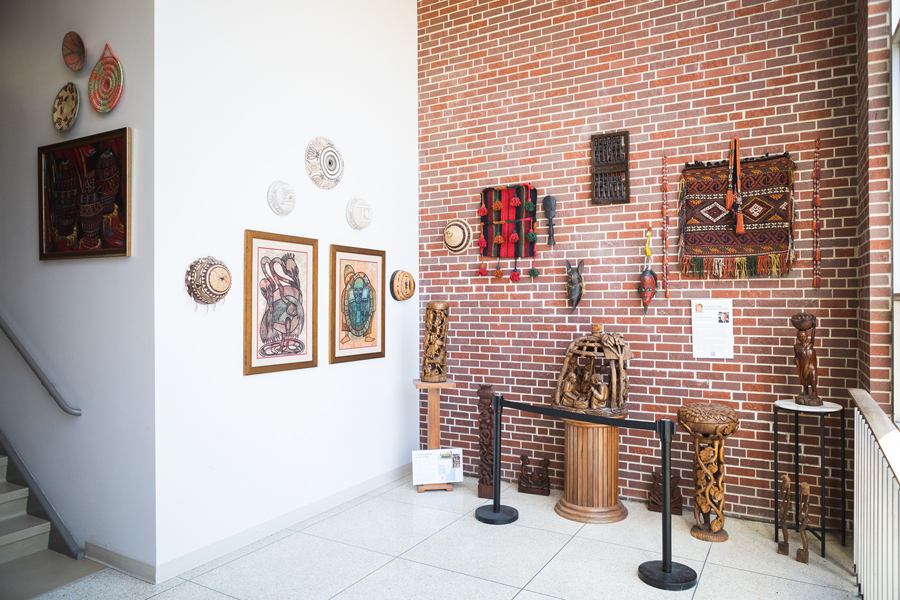
The Hahn Art Collection
Dr. Natalie Hahn donated a large collection of art purchased and gifted to her during her nearly 40 years working in Africa with the United Nations. Hahn donated the collection in honor of longtime Doane education professor, Dr. Doug Christensen. The collection is split between Doane’s Crete and Lincoln campuses, and can be seen in the Communications Building in Crete, and in the administration building and Fred Brown Center in Lincoln.
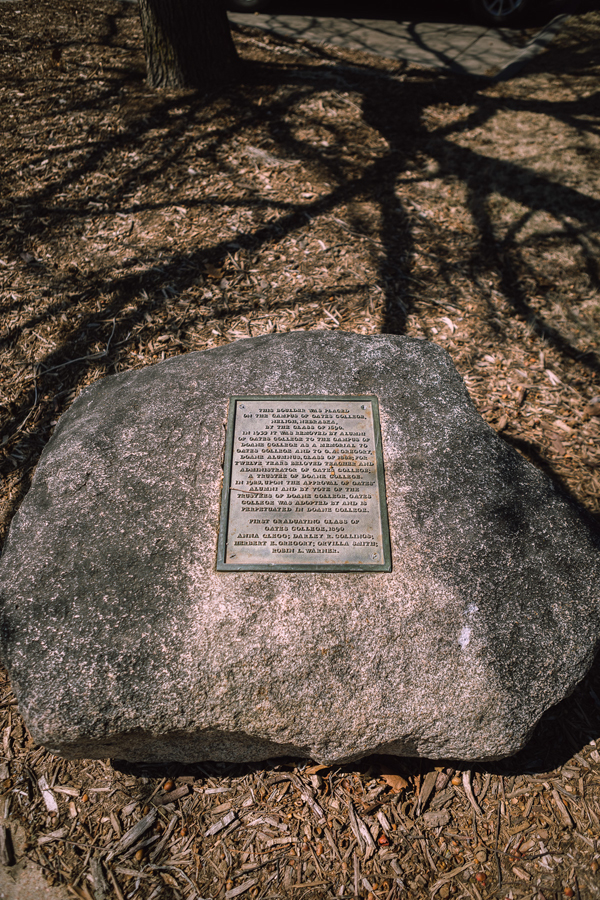
Commemorative Boulder
Doane holds many monuments marking other Nebraska colleges that didn’t quite make it to 150 years. This boulder, located to the southeast of Padour Walker, was first located on the campus of Gates College in Neligh, Nebraska by the class of 1890. Gates College opened in 1881 by the Congregational church. It closed its doors in 1914 and the boulder was moved to Doane in 1955.
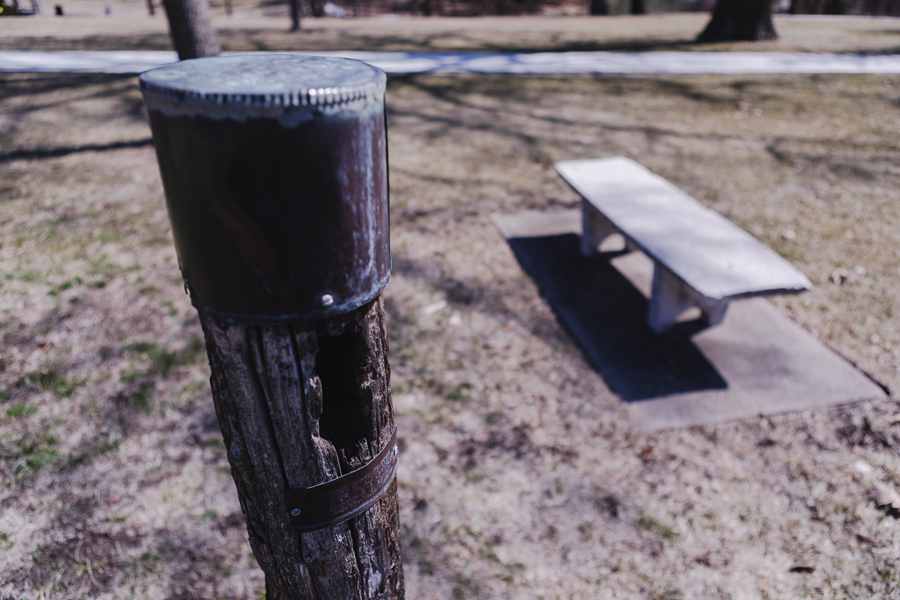
David Brainerd Perry’s Hitching Post
Before the advent of cars and paved roads in Crete, Doane’s first president, David Brainerd Perry, would ride his horse to work each day. The hitching post where Peter was tied while on campus still stands in the lawn south of Merrill Tower. Peter was well-known and loved by students, and some enterprising, if morbid, scholars once posed a horse skeleton at the post after Peter’s death.
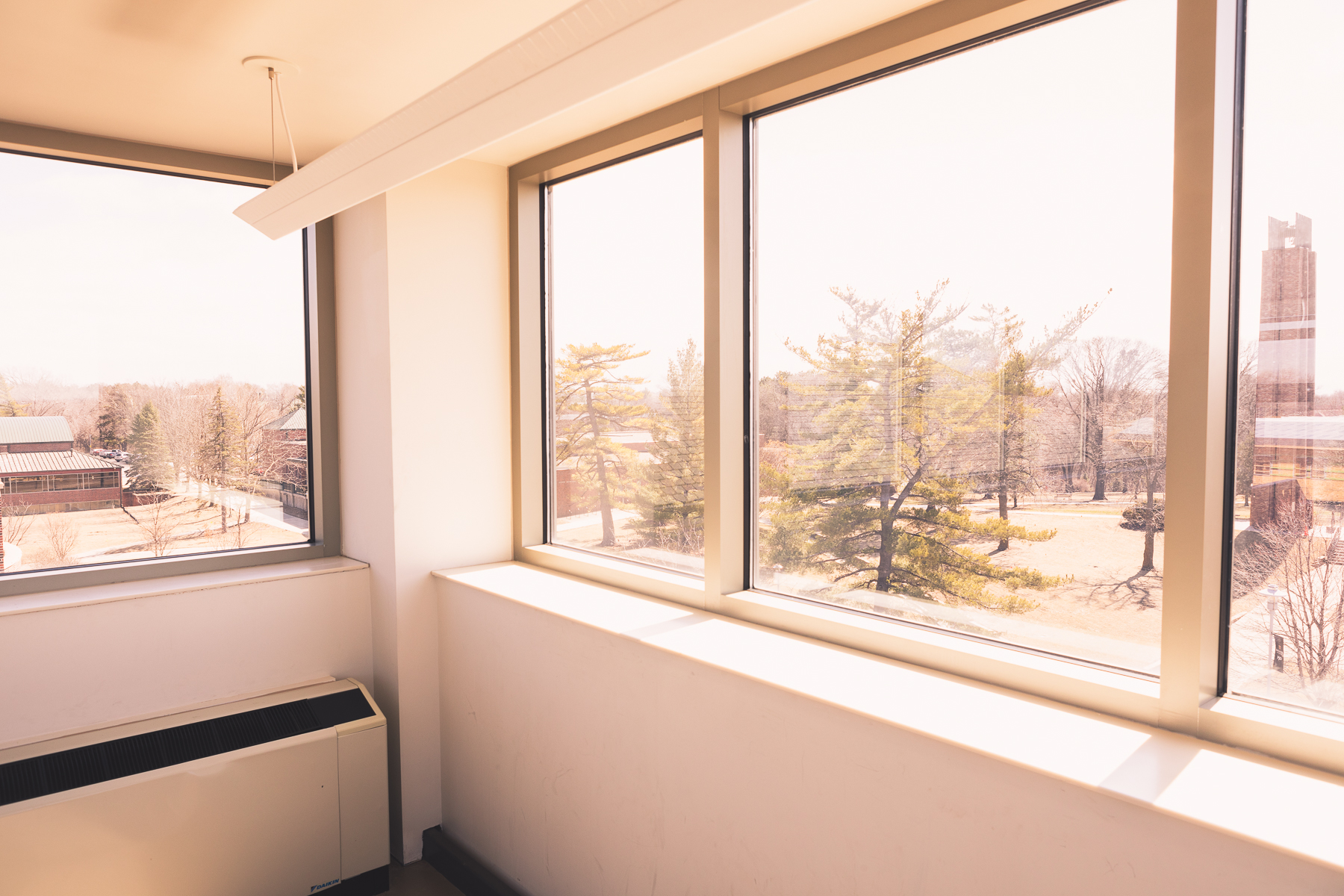
The Fourth Floor of the Chab Weyers Education & Hixson Lied Art Building
There’s nothing specifically historical about the fourth floor, but from it, you have a wonderful view of much of Doane’s verdant campus and Crete. The building was constructed in 2007 and named for a $2 million gift from the Lied Foundation Trust and a donation by Lois (Chab) ’67 and Larry Weyers ’67.
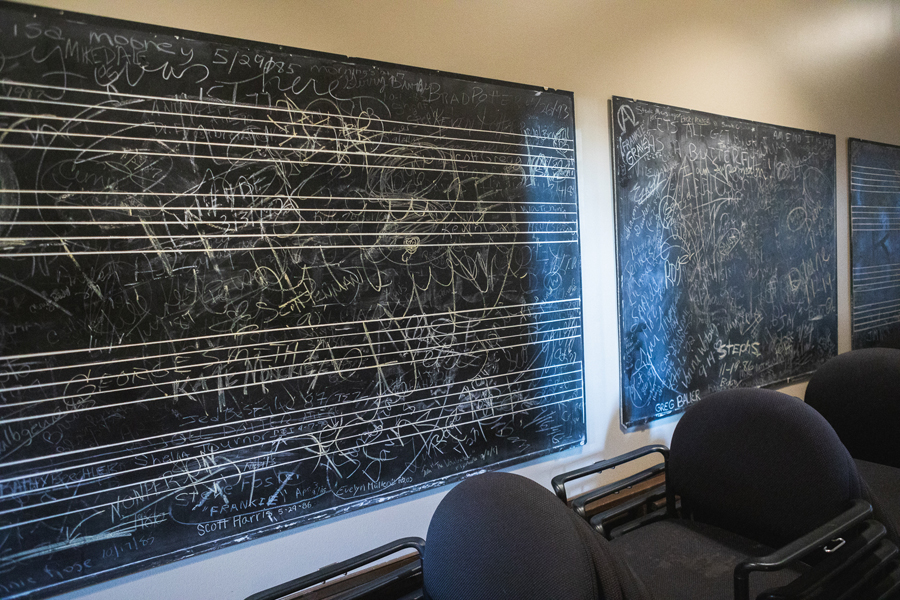
Chalkboards in the Con
In the hallway that runs along the north side of the Con, between the stage and the green room, several old chalkboards line the wall. These are original to the building and salvaged from its second floor prior to its renovation in 2004. The graffiti on the boards dates to the 1970s.
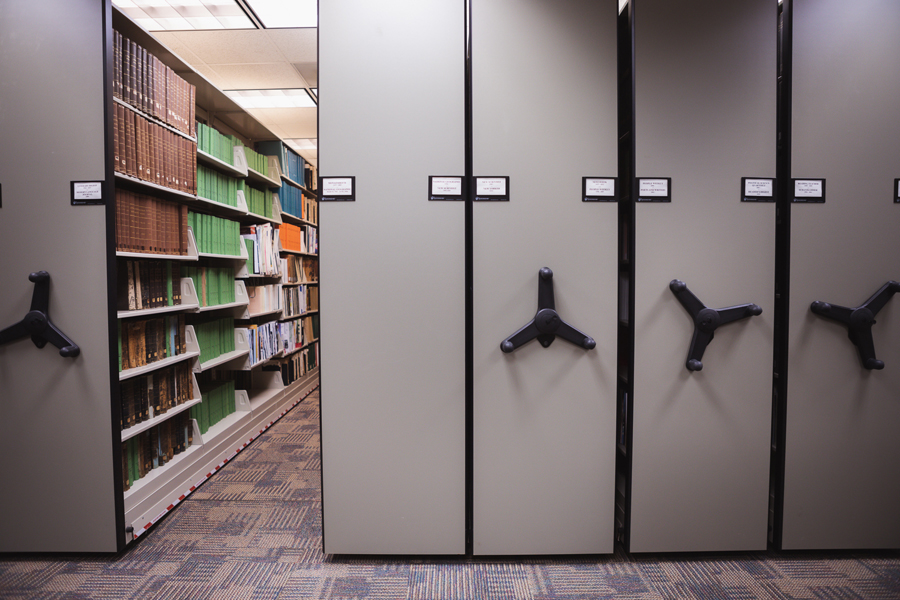
The Stacks of Perkins Library
The Communications building has been home to Doane’s library since its construction in 1970. Perkins Library itself is named for gifts made by the Kitty Perkins Charitable Trust. The Perkins are a notable Nebraska family and you’re probably familiar with the product invented by Edwin Perkins in 1927 — everyone’s favorite powdered drink, Kool-Aid!

